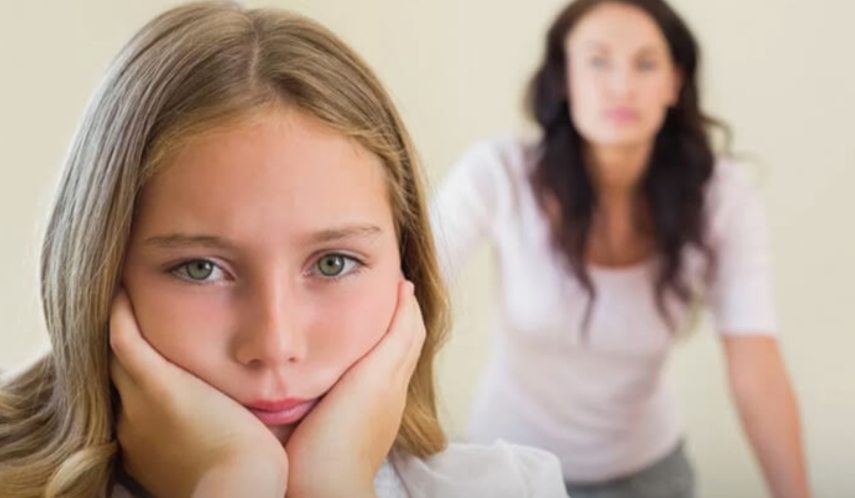
How to Help a Child with ADHD
Attention deficit hyperactivity disorder (ADHD) is a common neurodevelopmental disorder that makes it difficult for children to regulate their attention, thoughts, emotions, and behaviour. An estimated 5% of school-aged children in the UK have ADHD.
If you suspect your child may have ADHD or they have recently been diagnosed, there are many things you can do to support them at home and help them thrive. This article outlines practical tips grouped under the core signs of ADHD.
Inattentiveness
Children with ADHD often have trouble sustaining focus and paying attention. They are easily distracted and tend to daydream frequently.
- Help your child stay organised by using checklists for daily routines and timers to keep them on task. Clearly labelled storage bins can help them improve organisation skills.
- When giving instructions, it’s vital to get their full attention first. Once you have it, break down tasks into smaller steps and have them repeat the instructions back to you.
- Encourage play that requires mental focus, such as puzzles, Lego and drawing. Limit screen time as much as possible.
- Celebrate even small improvements and focus spans. Positive reinforcement builds confidence.
Hyperactivity
Hyperactive children often fidget, talk excessively, and find it hard to sit still. They may seem constantly “on the go” and struggle with impulse control. To help with this:
- Schedule regular breaks for movement and exercise during long tasks. Simple stretch breaks can help.
- Designate areas at home where active behaviour is acceptable, like a hallway or playroom. Reserve the kitchen table for homework focus.
- Encourage participation in sports and hobbies that allow them to burn mental and physical energy constructively.
- Use praise and incentive charts to motivate them to work on self-control. Celebrate all wins, no matter how small.
Impulsiveness
Children with ADHD tend to act recklessly without thinking of consequences. They interrupt frequently, call out answers and grab objects impulsively. To help with this:
- Establish clear rules and consequences for appropriate behaviour. Use picture cues as helpful reminders.
- Role play scenarios to practice waiting patiently instead of interrupting. Praise them for doing this well.
- Timers, traffic light visuals and quiet fidget toys can help with impulse control.
- If you see them being good, give descriptive praise so they know what behaviours to continue.
Getting Support
The first step is to speak to your child’s teacher or GP if you notice ongoing inattention, hyperactivity or impulsiveness issues. They can advise about ADHD assessment for child options. Both private ADHD assessment child clinics and NHS community paediatrics can provide evaluations, although waitlists on the NHS are long. Once diagnosed, you and your child’s school will be able to seek funding to help your child in daily life.
With the right support at school and home, ADHD children can develop coping strategies that set them up for success well into adulthood. Consistent routines, patient teaching and positive reinforcement go a long way. Taking care of your own well-being as a parent is also important. Speak to your GP about family support resources and local ADHD parent networks. You may also benefit from ADHD coaching and training programmes to help effectively manage your child’s symptoms.
